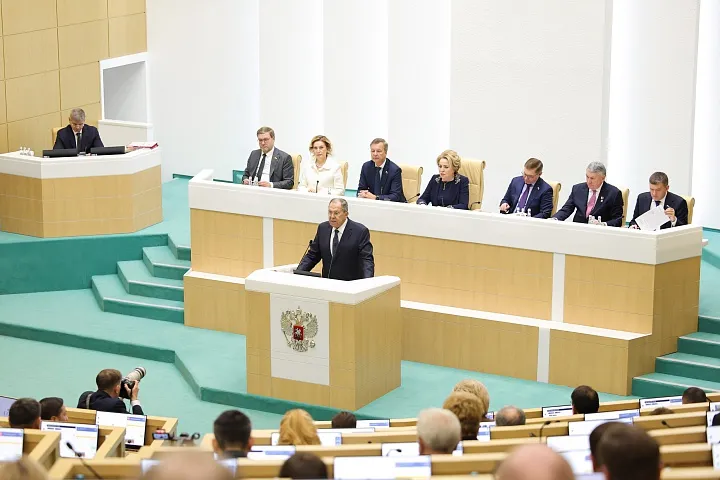The Big Five countries of Africa—Algeria, Egypt, Ethiopia, Nigeria, South Africa—are as of the Oct. 22-24 BRICS summit in Russia, all members of the BRICS, with Algeria, Nigeria, and Uganda being invited this year to join as partner countries.
The five major countries have among the largest populations in Africa, and lead in production of significant physical economic sectors in Africa, though each has some problems. Consider, their participation in leading physical-economic parameters:
Population: With respect to the following countries’ rank in Africa, by population size: 1) Nigeria, 232.7 million; 2) Ethiopia, 132.1 million; 3) Egypt, 116.5 million; 6) South Africa, 64 million; 10) Algeria, 46.8 million. As well Uganda, which also joined BRICS as a partner country: 9) 50 million. The six countries’ populations total 642.1 million, or 42% of Africa’s total population of 1.53 billion people.
Electricity Production: With respect to the Big Five countries’ rank by electricity generation per year: 1) South Africa, 244 terawatt-hours; 2) Egypt, 201 TWh; 3) Algeria, 85 TWh; 5) Nigeria, 36 TWh.
Oil and Gas Production: As for oil production, with respect to the Big Five countries’ rank, 1) Nigeria, with capacity to produce 2.19 million barrels per day, possessing proven reserves of 37.5 billion barrels; 2) Algeria; 5) Egypt. As for natural gas, Algeria is the leading natural gas producer in Africa, producing 102 billion cubic feet of natural gas per year (in 2023), and possessing huge proven reserves of 159.1 trillion cubic feet of natural gas
Wheat Production: The largest wheat producers in Africa are 1) Egypt, 9.5 million metric tons per year; 2) Ethiopia, 7.5 MMT; 3) Algeria, 3.3 MMT; and 5) South Africa, 2.1 MMT.
These countries have great room for development, and to participate with other BRICS countries, such as China, Russia and India, in building an advanced, integrated African system, linked to the world.




